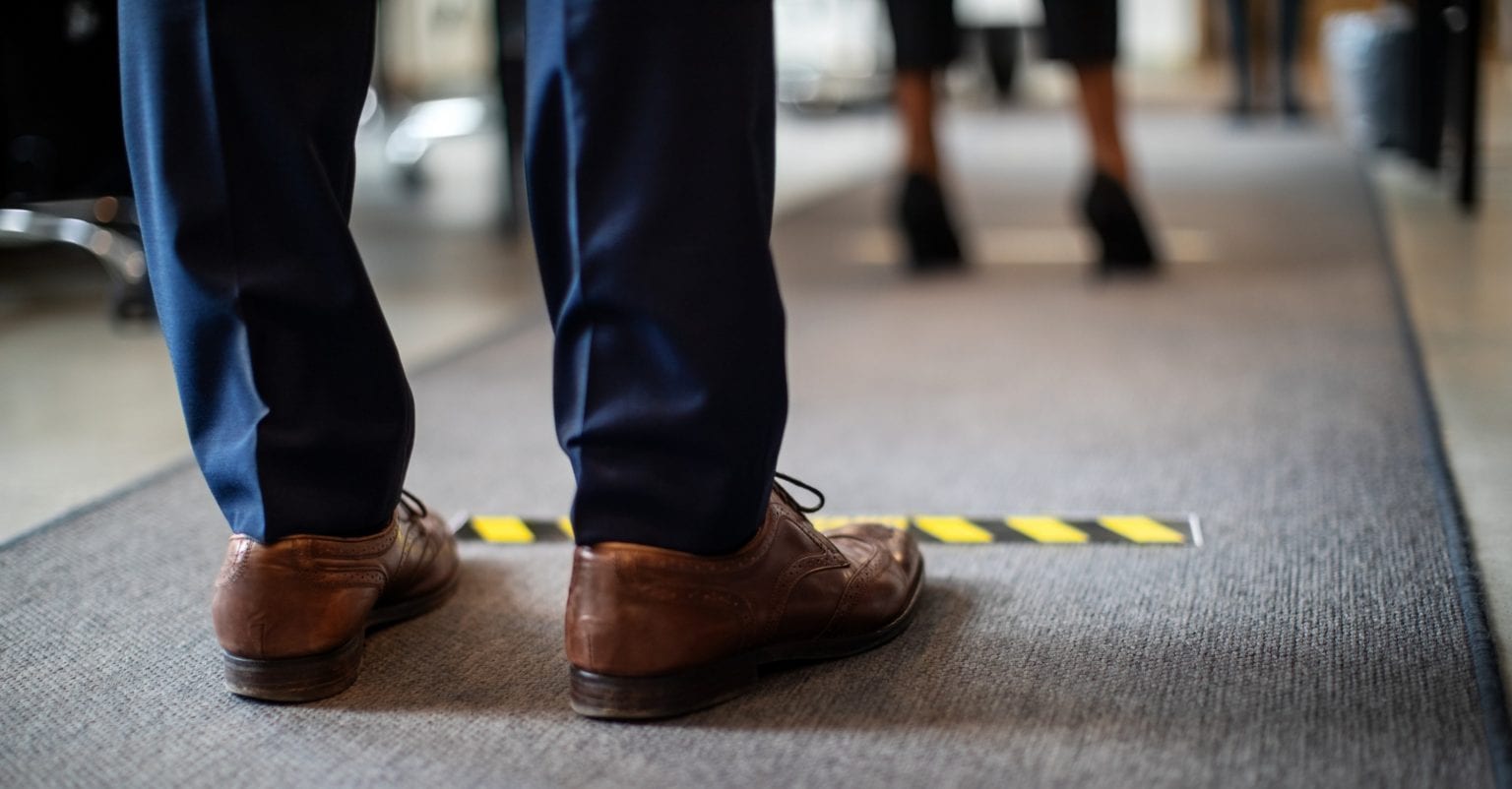Government support programs have been a lifeline for many businesses affected by the pandemic, but they will inevitably come to an end. Here’s how small business owners are getting ready for what comes next.
Updated: 7 August 2020
As the coronavirus pandemic forced the shutdown of large swathes of Australia – and its economy – this year, the Federal Government was quick to step in with JobKeeper and a host of other support for businesses.
Fortunately, the Federal Government is extending the government’s JobKeeper subsidy until 28 March 2021. But, it’s important to note the rules have changed – it won’t look the same as it does now and those who are currently receiving the payments may no longer be eligible under JobKeeper 2.0. So what has changed?
What you need to know about JobKeeper 2.0
Under the tweaked scheme, from 28 September 2020 the JobKeeper payment will be reduced and paid at two payment tiers. The payment tier that applies will be determined by the average weekly hours worked in the four weeks of pay periods before 1 March 2020.
- Eligible employees who worked, or business participants who were actively engaged, in the business for 20 hours or more per week on average will be allocated $1,200 per fortnight until 3 January 2021. After this, they’ll get $1,000 until 28 March 2021.
- Eligible employees who worked, or business participants who were actively engaged, in the business for less than 20 hours per week on average will be allocated $750 per fortnight until 3 January 2021. After that, they’ll be allocated $650 until 28 March 2021.
The Federal Government has announced further changes to the eligibility criteria for the JobKeeper 2.0 scheme, amending the business turnover and employee eligibility tests. From 28 September 2020, businesses will have to demonstrate that they’ve experienced a decline in GST turnover during the September quarter only, compared with the same quarter in 2019, rather than multiple quarters. Eligibility will be assessed again in January 2021. Workers will also qualify if they were employed on 1 July 2020, rather than 1 March 2020.
While intended for those affected in Victoria, the changes will apply across the country, meaning some businesses in other states will also qualify.
Note: For the most current and complete information on the JobKeeper scheme, please visit treasury.gov.au/coronavirus/jobkeeper/extension
What this means is that some Australian small businesses may no longer be eligible. Here’s how canny business owners are planning ahead to make sure their businesses are ready for life post JobKeeper.
Cash flow is more important than ever
Smart business owners are pinpointing how far their sales could drop before they start incurring a loss and running a cash flow shortfall, says Tom Walsh, Director of Walsh Accountants.
“The important thing to remember is to cut costs to the bone but not into the bone,” he says.
“You need to still have the capacity to offer your clients great service. Ask yourself what expenses or resources you need to cut and make sure you know what level of sales you need post-September to maintain your business.”
Jason Xu, Director of business advisory Boa & Co, says although businesses in some sectors are starting to trade more normally as restrictions ease, it is important to take a close look at your cash position.
“JobKeeper allows businesses to pay their staff at the moment but they need to evaluate their staffing requirements for when the assistance ceases [or when they are no longer eligible],” he says.
“Also, some businesses will have a loan. Those repayments will need to be met and calculated into your cash flow forecast.”
Xu points out that any deferred rent will need to be repaid, which must also be factored into cash flow forecasts.
Watch the post-pandemic trends
Walsh says even as some normalcy returns, many changes will remain.
“We can’t assume our old customers will just come back,” he says.
“Everyone has changed and people will be reconsidering all their spending habits.”
One of the major trends, Walsh says, is the move to online business. “You need to prepare for that to be a much larger proportion of your sales than ever before. For example, if you’re running a physical food business and you started offering products online during the COVID-19 shutdown, you need to keep up with the online offer.”
Walsh adds the move to hybrid workspaces is another trend that won’t go away. “Many people aren’t going to want to come into the office five days a week anymore and that means adapting. Also, if you’re a coffee shop in an office tower, for example, you should probably plan for less foot traffic.”
10 tips to thrive after your Federal Government support ends
Walsh shares his 10 tips for businesses who might no longer be eligible for JobKeeper payments come the end of September:
- Plan for the worst – but hope for the best.
- Prepare a budget and cash flow to understand what your breakeven level of sales is.
- Customer supply chain habits were broken during COVID-19 and everything is up for grabs. Do you need to offer extended terms? Is it worth offering your customers a discount? Think of ways you can offer even better service.
- Don’t just rely on your gut instinct. Get good data around your sales line.
- Maintain a good relationship with your landlord. Talk to them if you’re having trouble meeting the rent and proactively discuss solutions.
- Know your customer base and build a fence around those who can help your business regrow.
- Clean up your processes to make sure they are super-efficient.
- Watch what the market leader in your industry is doing and adapt.
- Revisit your website and give it a score out of 10. If you give yourself a low score, you’ll need to clean it up. Even if customers aren’t purchasing through your site, they’re going there to get an impression of your business.
- Good staff have always been a core pillar of business success but it’s even more important now. You need to be sure they can operate autonomously, particularly when working from home.








